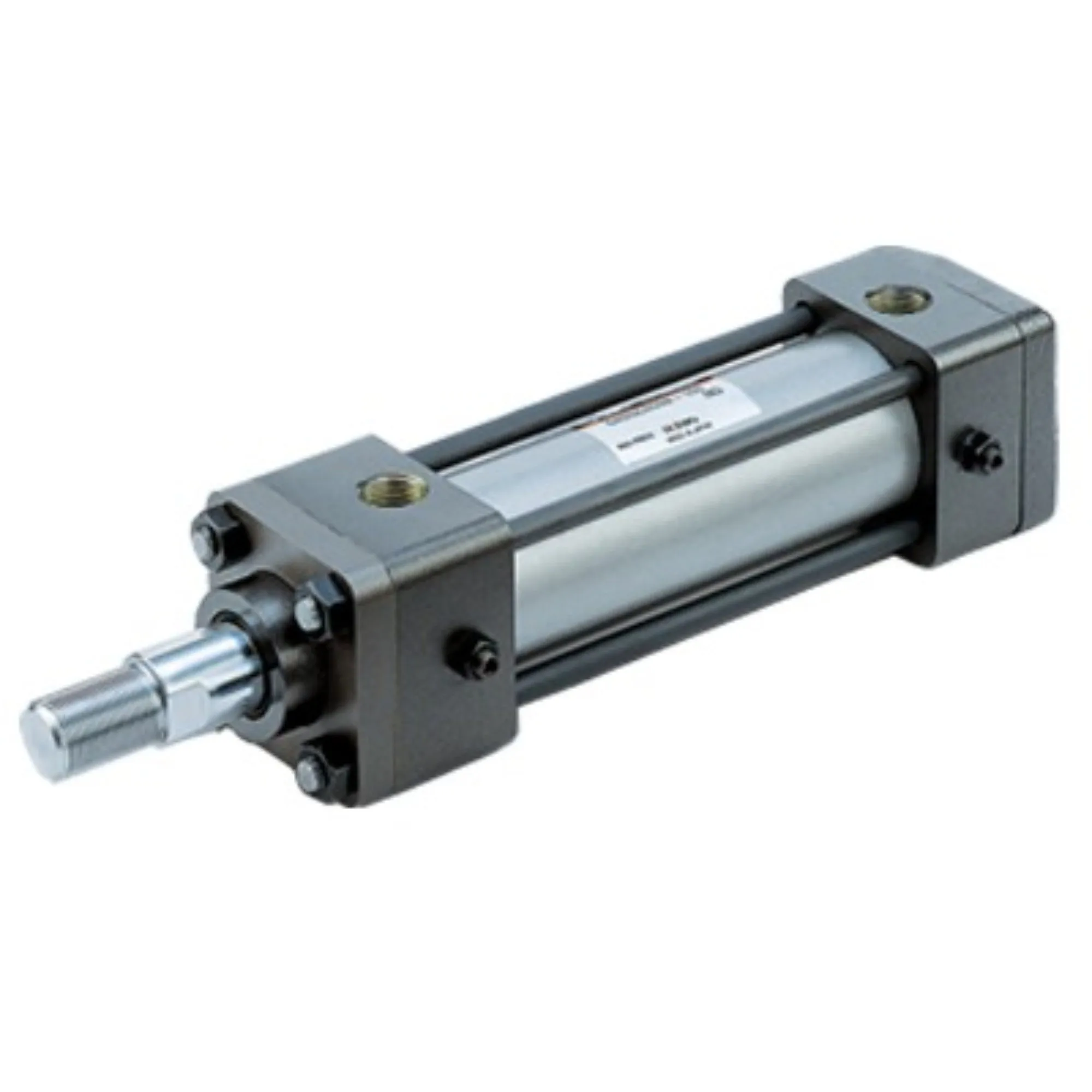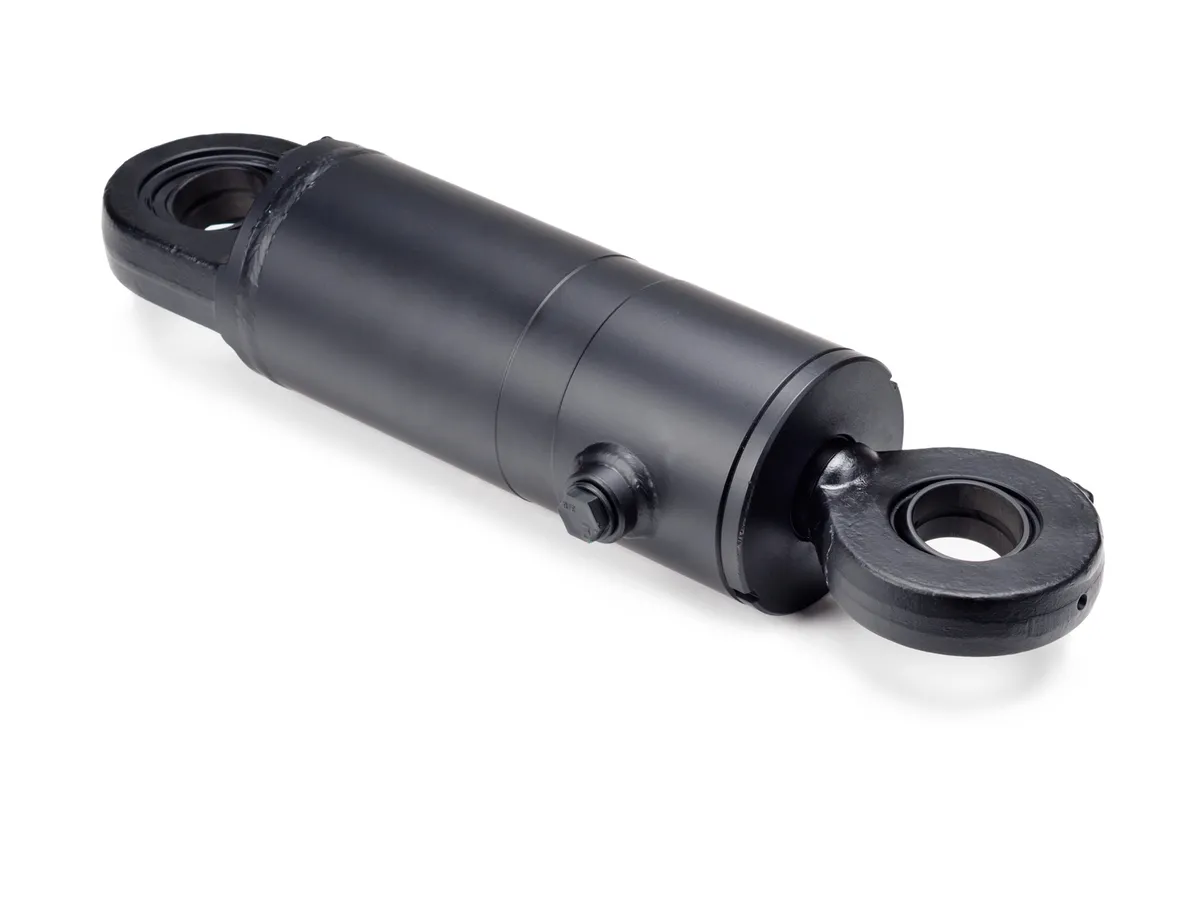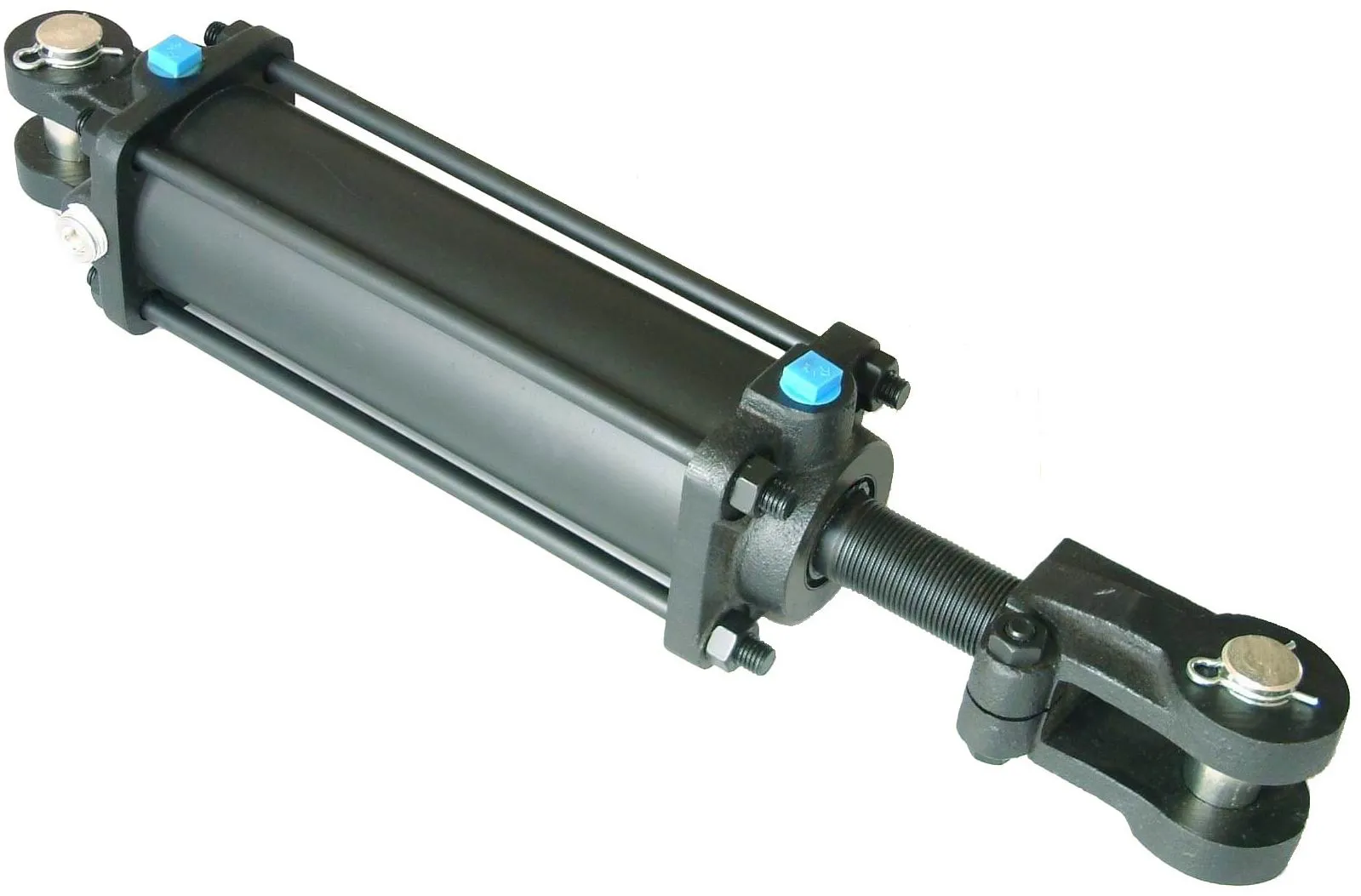Introduction to Mill-Type Welded Hydraulic Cylinder Predictive Maintenance Algorithms
In the realm of hydraulic systems, the mill-type welded hydraulic cylinder plays a crucial role in ensuring smooth operation and efficient performance. These cylinders are designed to withstand high pressure and heavy loads, making them ideal for a wide range of industrial applications. Understanding the key components and working principles of mill-type welded hydraulic cylinders is essential for maximizing their longevity and effectiveness.


Design Characteristics of Mill-Type Welded Hydraulic Cylinders
- Shell Design: The outer shell of the cylinder is constructed using high-strength materials to withstand extreme conditions.
- Inner Cylinder: The inner cylinder houses the piston and hydraulic fluid, ensuring proper operation.
- Piston Design: The piston is engineered to provide smooth movement and efficient transfer of hydraulic pressure.
The welding technology used in manufacturing these components is critical for ensuring the strength, durability, and overall performance of the cylinder. Attention to detail in the welding process is essential to prevent leaks and maintain structural integrity.
Working Principle of Mill-Type Welded Hydraulic Cylinders
Mill-type welded hydraulic cylinders operate based on the principle of converting fluid power into mechanical motion. The hydraulic fluid enters the cylinder, exerting pressure on the piston and causing it to move. This controlled movement is essential for various industrial processes, such as lifting, pushing, and pulling heavy loads.
Types and Configurations of Mill-Type Welded Hydraulic Cylinders
There are three main types of mill-type welded hydraulic cylinders, each with unique configurations suited for specific applications:
- Single-Acting Cylinders: These cylinders use hydraulic pressure in one direction for operation.
- Double-Acting Cylinders: These cylinders utilize hydraulic pressure in both directions for more versatile functionality.
- Telescopic Cylinders: These cylinders consist of multiple nested sections for extended stroke capabilities.
Advantages of Mill-Type Welded Hydraulic Cylinders
- High Load Capacity: These cylinders can handle heavy loads with ease, making them ideal for demanding applications.
- Long Stroke: The extended stroke length of these cylinders allows for precise control and movement.
- Ruggedly Durable: Built to withstand harsh conditions, mill-type welded hydraulic cylinders offer long-lasting performance.

Performance Characteristics of Mill-Type Welded Hydraulic Cylinders
Mill-type welded hydraulic cylinders typically operate at high working pressures and offer a broad pressure range for various applications. Factors such as load capacity, speed, and responsiveness play a significant role in determining the cylinder’s performance in a given system.
Industries Using Mill-Type Welded Hydraulic Cylinders
Mill-type welded hydraulic cylinders find widespread use in industries such as heavy equipment, industrial machinery, and mining operations. These cylinders are essential components in various machinery and equipment, providing reliable hydraulic power for critical operations.
Design Considerations and Selection Criteria
When selecting a mill-type welded hydraulic cylinder, factors such as load-bearing capacity, sealing effectiveness, durability, safety features, and ease of maintenance must be carefully considered. These design considerations play a crucial role in determining the cylinder’s performance and longevity in a given application.
Sealing and Lubrication
Proper sealing and lubrication are essential for maintaining the performance and longevity of mill-type welded hydraulic cylinders. Utilizing high-quality seals and regular lubrication with the appropriate hydraulic oil can prevent wear and ensure smooth operation of the cylinder components.
Maintenance and Preventive Measures
- Regular Inspection: Periodic inspection of the cylinder components can help identify potential issues before they escalate.
- Proper Lubrication: Maintaining the right level of lubrication is crucial for preventing premature wear and ensuring smooth operation.
- Seal Replacement: Timely replacement of worn seals can prevent leaks and maintain the cylinder’s integrity.
Installation Guide for Mill-Type Welded Hydraulic Cylinders
Proper installation of mill-type welded hydraulic cylinders is critical for ensuring optimal performance and longevity. Following manufacturer guidelines and using the correct tools and techniques can help prevent common installation errors and ensure seamless operation.
Safety Considerations and Environmental Factors
Ensuring safety measures are in place when using mill-type welded hydraulic cylinders is essential to prevent accidents and equipment damage. Adhering to proper operating procedures and considering environmental factors can help minimize risks and ensure safe operation.
Fault Diagnosis and Common Problems
Identifying and addressing common issues with mill-type welded hydraulic cylinders is essential for maintaining their performance. From leaks and seal failures to piston malfunctions, understanding potential faults and implementing timely solutions can prevent costly downtime and repairs.
Three Questions about Mill-Type Welded Hydraulic Cylinders
- What are the advantages of mill-type welded hydraulic cylinders?
- What are the main components of a mill-type welded hydraulic cylinder?
- How do mill-type welded hydraulic cylinders differ from other types?
Answer:
- Mill-type welded hydraulic cylinders offer high load capacity, long stroke capabilities, and rugged durability for demanding applications.
- The main components of a mill-type welded hydraulic cylinder include the shell, inner cylinder, piston, seals, and hydraulic fluid.
- Mill-type welded hydraulic cylinders differ from other types in their robust design, high load capacity, and efficient performance under extreme conditions.
Long Tail Keywords of Mill-Type Welded Hydraulic Cylinder
1. Predictive maintenance strategies for mill-type welded hydraulic cylinders involve advanced algorithms and data analytics to optimize performance and prevent downtime.
2. Proactive maintenance approaches for mill-type welded hydraulic cylinders focus on early detection of potential issues through predictive modeling and condition monitoring.
3. Remote monitoring solutions for mill-type welded hydraulic cylinders enable real-time data analysis and proactive maintenance interventions to improve overall system reliability.

Company Focus: Hydraulic Cylinder Replacement Manufacturer
Our company specializes in manufacturing and distributing high-quality hydraulic cylinder replacements for a wide range of industrial applications. With a commitment to excellence, we offer a complete product line, international certifications, customized services, state-of-the-art production equipment, and reliable after-sales support to meet our customers’ needs.
Author: lyl
